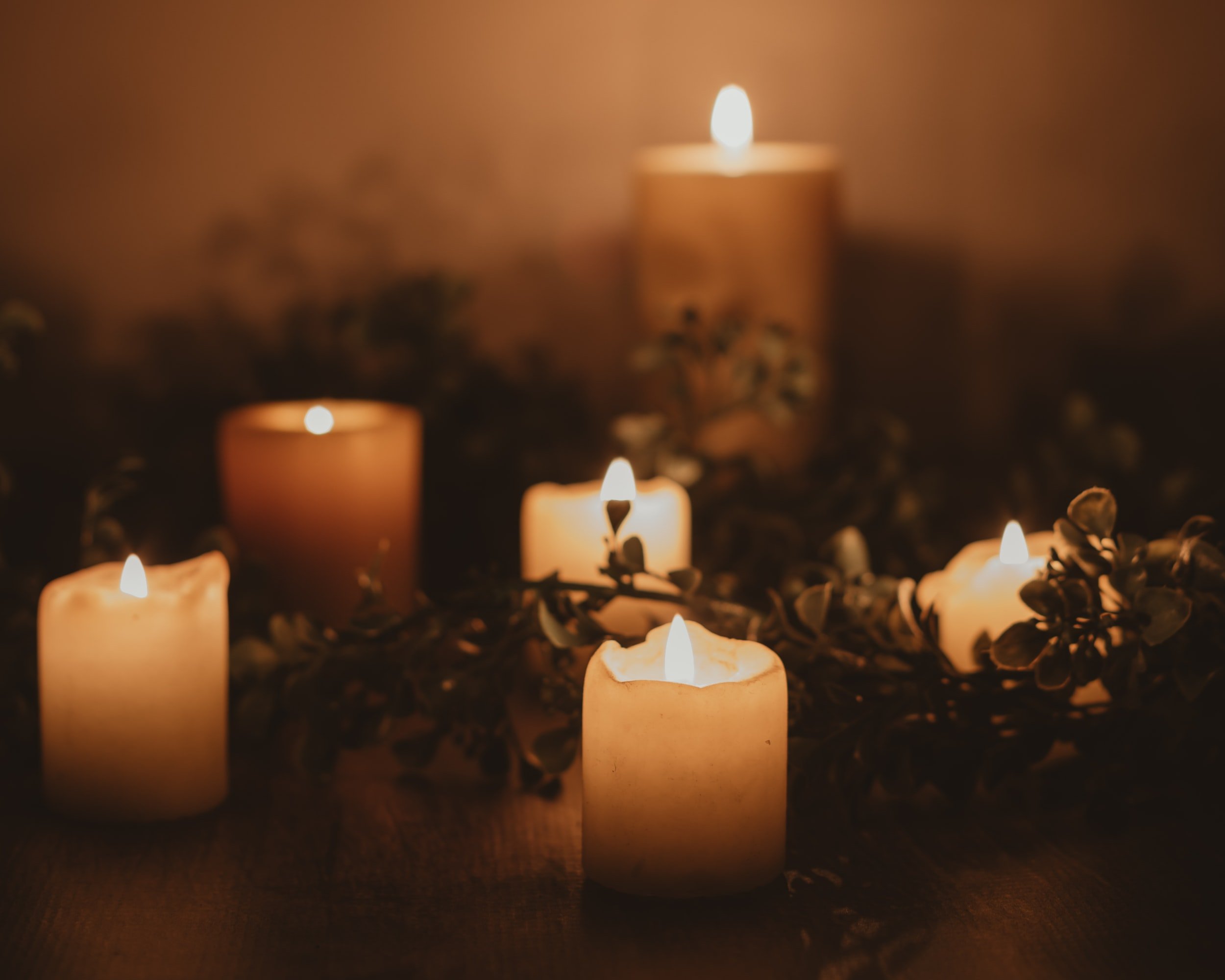
A History of Imbolc
This post may include affiliate links and I may earn a small commission from qualifying purchases. Mabon House only features products that I believe in and use myself or that I believe my readers would enjoy. Thank you!
Imbolc is the third sabbat holiday in the Wheel of the Year. Celebrated between January 31 and February 1, Imbolc has ancient Celtic roots and is closely associated with the Celtic goddess Brigid. Imbolc marks the halfway point between the Winter Solstice (Yule) and the Spring/ Vernal Equinox (Ostara). Many modern day customs, including the Catholic celebration of Candlemas and the American custom of Groundhog Day, are born out of the ancient customs of Imbolc.
Brigid, Celtic Goddess of Crafts, Learning and Fertility
Imbolc is most closely associated with the Celtic Goddess Brigid, who was celebrated as the goddess of learning, healing, the smitharts/craftsman and fertility. Unlike many Celtic deities who were worshipped on a more local level, Brigid was widely followed by the Irish-Celtic people. According to Judy Ann Nock in her book The Modern Witchcraft Guide to the Wheel of the Year, Brigid was credited with bringing civilization to the Celtic people. Similar to the Roman myth of Vesta, Brigid was thought to be attended by an all female priesthood. Every year at mid-winter, festivals were thrown in honor of the goddess, as a way to encourage the return of springtime.
Ancient Imbolc Celebrations
Imbolc (pronounced Em-bowel-k) means In the Belly, and is a not-so-subtle reference to fertility and new beginnings for the harvest season. Also known as Oimelc (Oy-melk), Imbolc is generally celebrated on February 1, though some people opt to celebrate it closer to February 5th, when the sun reaches the exact astronomical midpoint of 15 degrees Aquarius or on the second full moon after the Winter Solstice.
According to Skye Alexander in her book The Modern Guide to Witchcraft, Imbolc has three main associations:
Veneration of fire & water - Brigid was the patron of smithwork (think of the fire in a blacksmith’s forge) and waterways in Ireland.
Quickening on new life in the womb - Bridgid was the celtic goddess of fertility, and was honored during this season of birth and rebirth. The seeds from last year’s harvest would be planted for a new season - this can be both literal and metaphorical.
Lactation of ewes - By mid winter the food supply of Northern Europe in the Middle Ages relied on grains harvested in the previous season and the butter, cheese and milk of lactating animals. This is why dairy products and grain products are both popular foods to make during Imbolc.
Because Imbolc is the midway point between the Winter Solstice and Spring Equinox, it was regarded as a season unto itself. A time of change, when the days are longer and the sun is stronger. Early celtic celebrations included lighting fires to warm the frozen land, hanging a four cornered Bridgid’s Cross above doorways to bless and protect a home, and practicing weather divination as a way to predict the future. Similar to the idea of Groundhog’s Day, ancient Celts would listen for a lark to sing on Imbolc. If they heard the bird, it meant that the God had returned to the Goddess and spring would be early.
Brigid Becomes St. Brigid
Like many pagan customs, the Goddess Brigid was adopted by the Christian church in the middle ages and was canonized as St. Brigid of Kildare, whose saint day is February 1st. Her shrine was attended by 19 nuns, similar to the all female priesthood of the Goddess Brigid.
How to Celebrate Imbolc Today
Modern Imbolc celebrations can incorporate ancient traditions such as lighting candles, making crafts, and baking bread. It is also a good time to pause and look inward and think about what it is you would like to accomplish in the season ahead. Imbolc is a time to take what you have learned and apply it to new endeavors as the Wheel of the Year turns.
Here are a few easy Imbolc celebrations you can do with items you probably already have on hand:
Engrave a candle with a word that has a special meaning to you, and light that candle on January 31st - February 1st, to signify a new beginning in your life.
Bake a loaf of bread. It doesn’t have to be anything fancy. Just going through the rhythm of mixing, kneading, rising and baking is enough of a ritual. If you have access, serve your bread with locally made butter and give thanks for the blessings in your life.
Make a Bridgids Cross - You can use whatever materials you have on hand, such as paper, old magazines or cloth. Here is a tutorial on Youtube to help you get started.
Start your spring cleaning - Imbolc is a great time to go through your home and give away things that you no longer need and do some cleaning. If doing a whole deep clean of your home feels overwhelming, pick one room or area in your home to declutter and spruce up, in honor of Bridgid and the return of the light.
Grab the Free Mabon House Imbolc Guide from the Members Library to plan your own Imbolc Celebration.
Suggested Reading & Other Resources About Imbolc
There are lots of great books that discuss the history of Imbolc and offer ideas for celebrating Imbolc today. A few of my favorites not already mentioned in this post include:
Wicca Demystified by Bryan Lankford gives a good overview of modern Wiccan observances of Imbolc
The Book of Kitchen Witchery by Cerriden Greenleaf has some great recipes for Imbolc
I’ve curated several Imbolc ideas and recipes here on Pinterest


